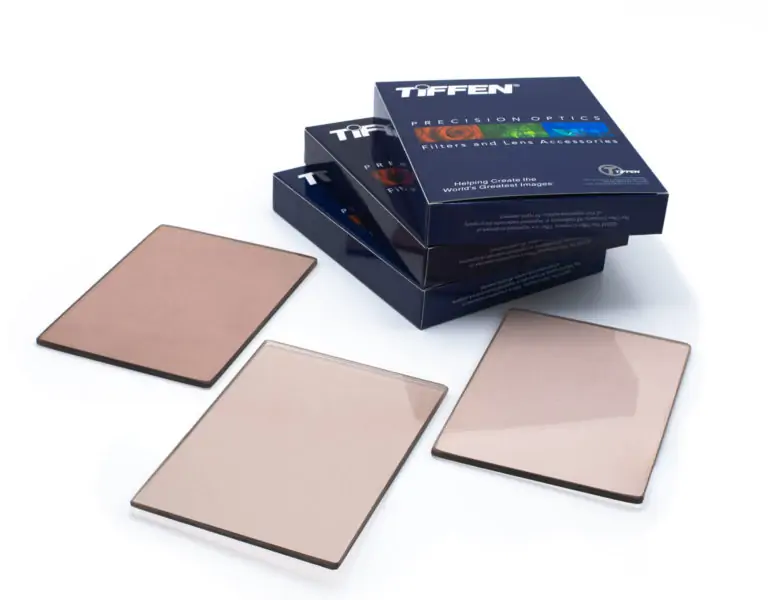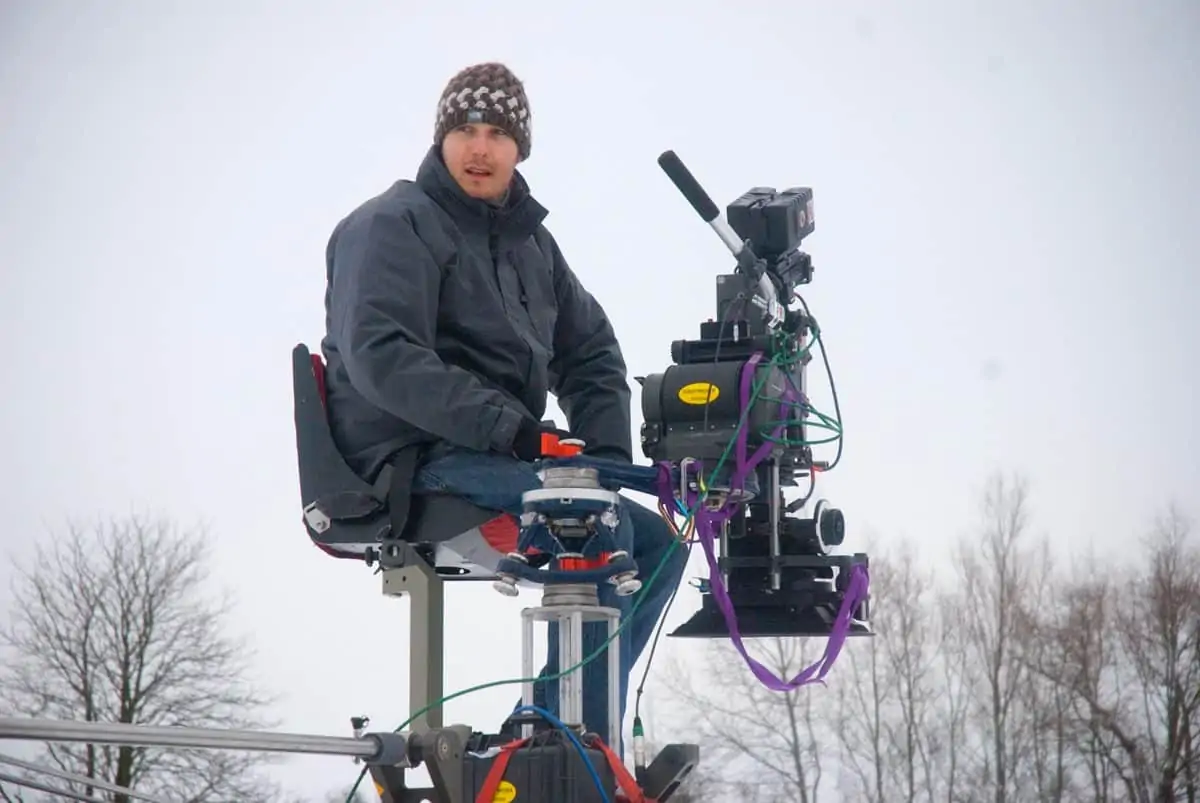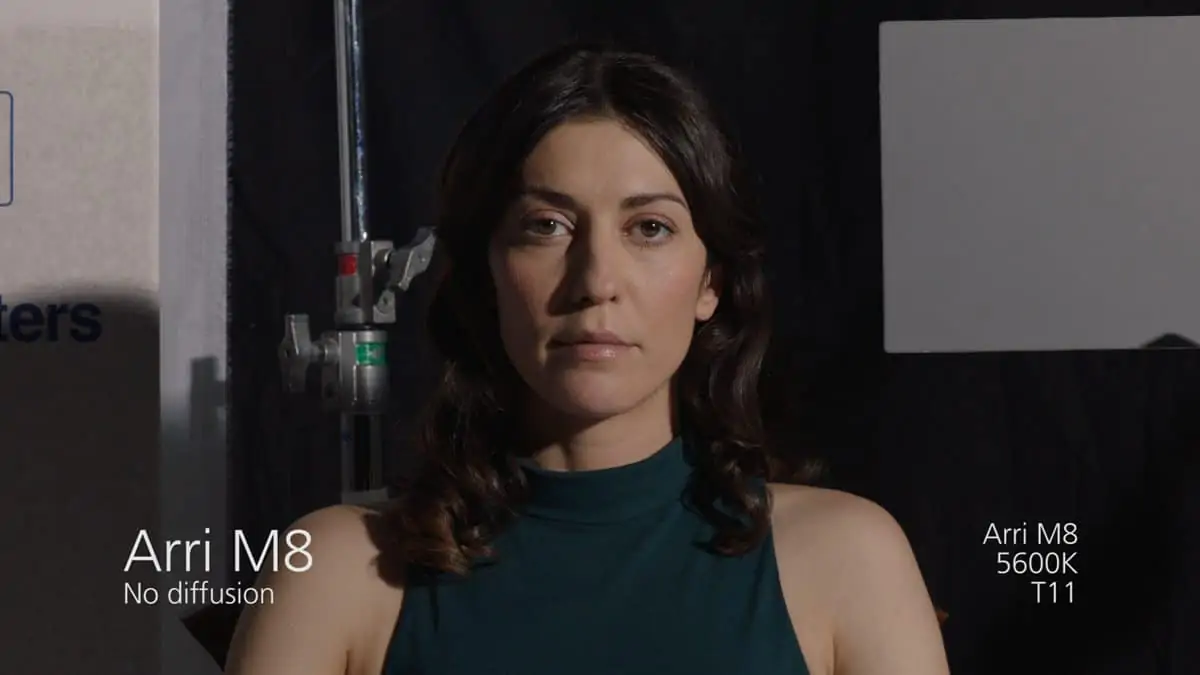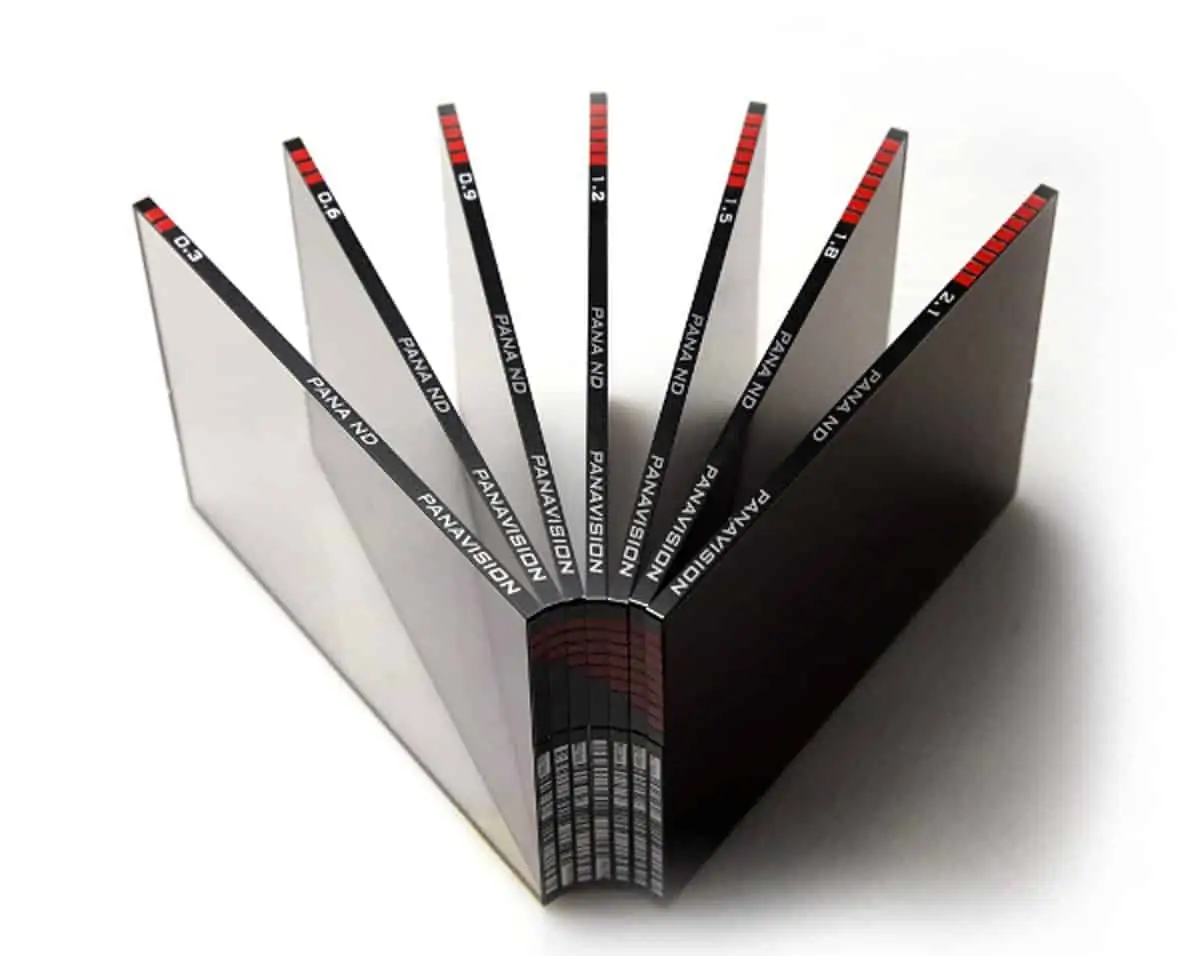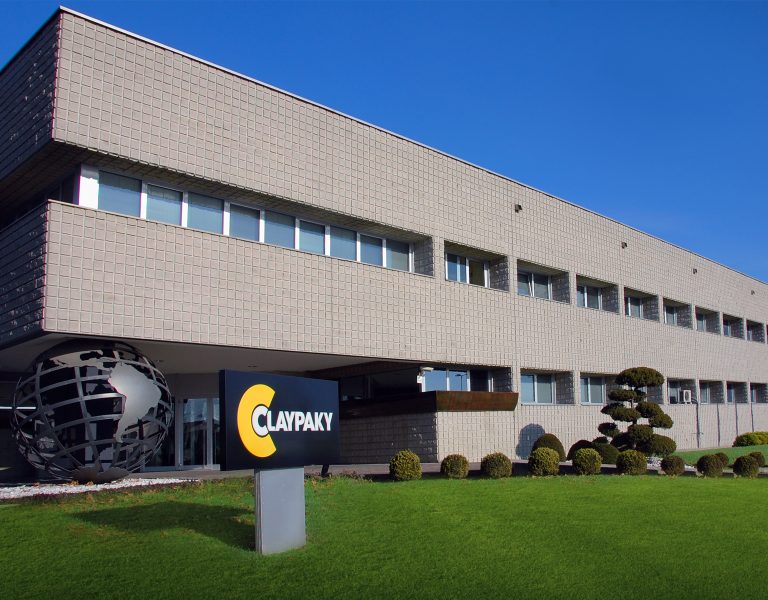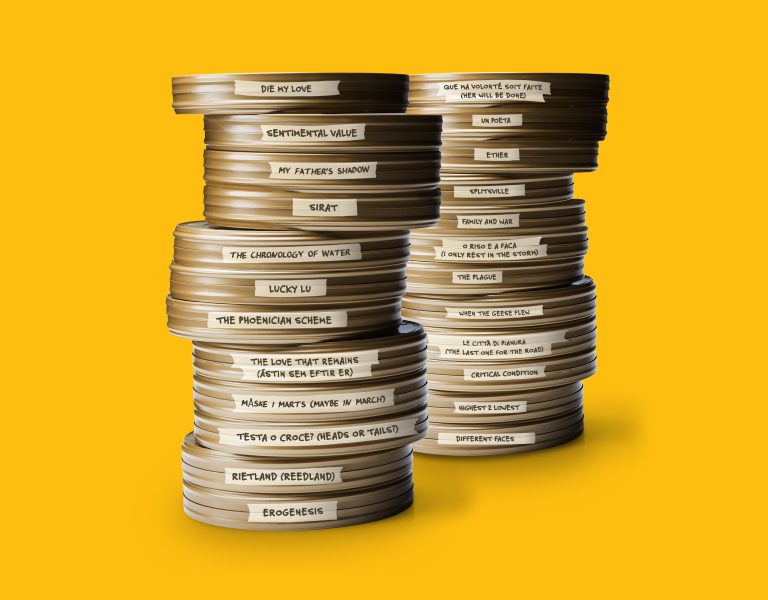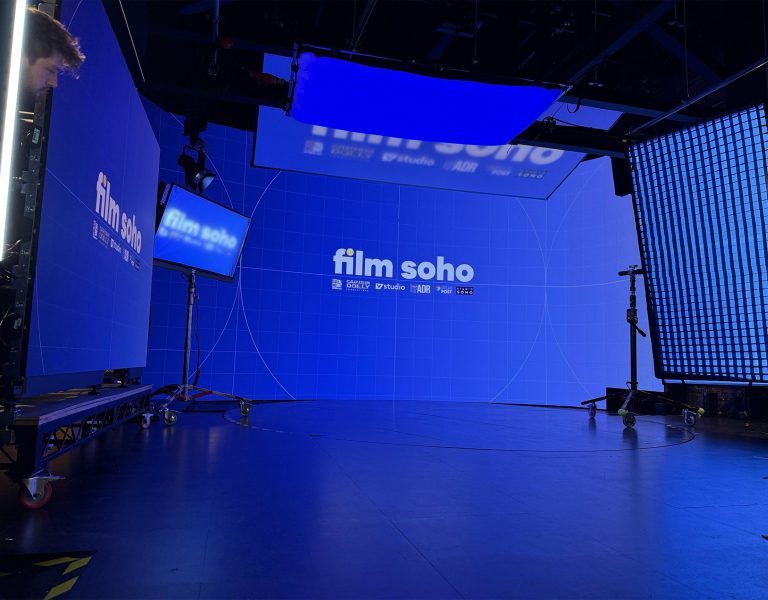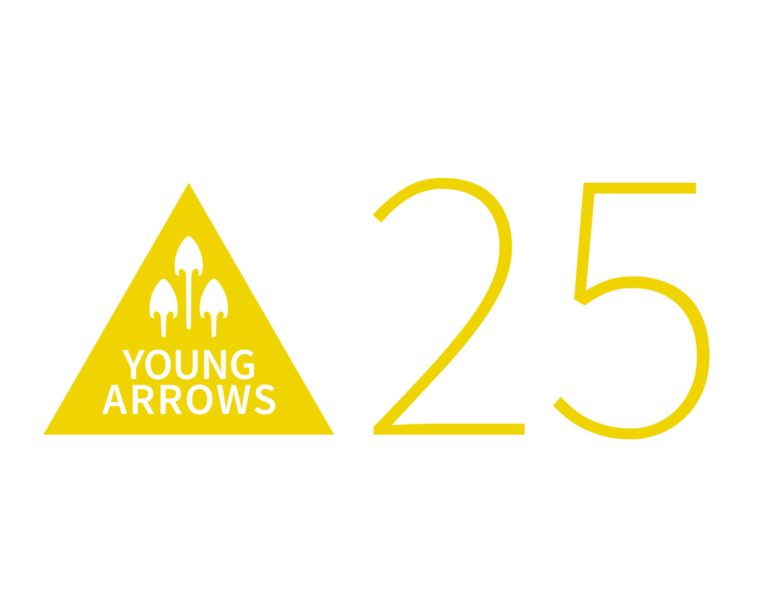DP Sam Care, graduate of the NFTS, was chosen by BAFTA in 2011 as a ‘Brit To Watch’ as an emerging screen talent. Since then he has showcased his talents in narrative dramas including Harry Price: Ghost Hunter for ITV and his fourth feature credit, Another Mother’s Son for Bill Kenwright Films, yet to be released.
“I got into things when film was still the best format,” he says. “But soon after I started working professionally as digital cameras started to become a real equivalent. So the majority of my cinematography has been on digital cameras. However, depending on the project, I like quite a soft, filmic, cinematic look to the sharp, hyper-real, modern look, and softening filters have always been an important tool in trying to achieve this.
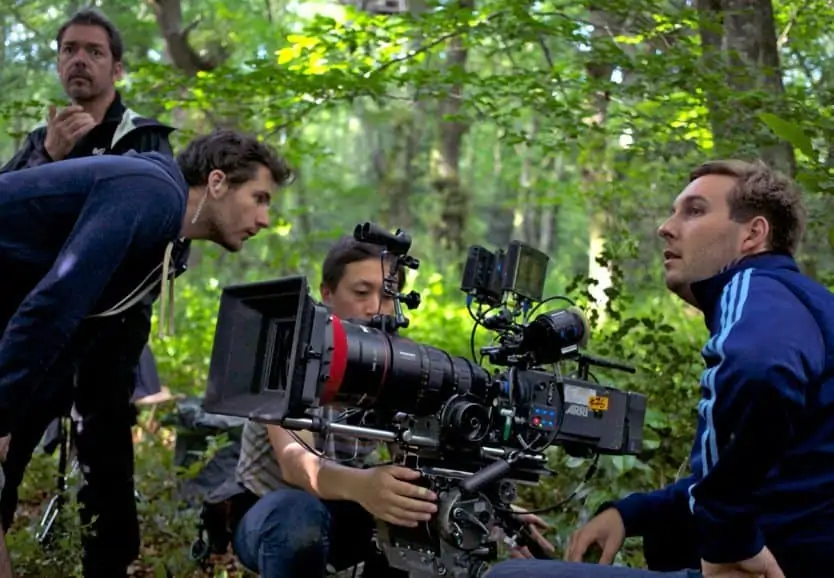
My last two projects have been period projects, Harry Price: Ghost Hunter for ITV directed by Alex Pillai was a 1920s ghost story, and Another Mother’s Son, is set in Jersey, during the Nazi occupation WWII. Both shoots included many scenes where candlelight and oil lamps were the main light sources.
Both were shot on Alexa cameras in ProRes, and I was looking for a way of subtly softening things down. I started to test filters and other techniques in combination with classic old lenses.
After considerable testing for the Harry Price shoot I decided to use old Cooke S2 Panchro primes and old Cooke zoom lenses, Schneider Hollywood Black Magic filters and Tiffen Glimmer Glass filters. I used a combination of all these elements as well as a softer contrast and desaturated grade, to help take people back in time. I was fairly happy with the look, but I’d have to say there was something about the Hollywood Black Magics that in my opinion still felt a little bit forced. You could feel that you were forcing a softer look onto a sharp format and trying to make it look old.
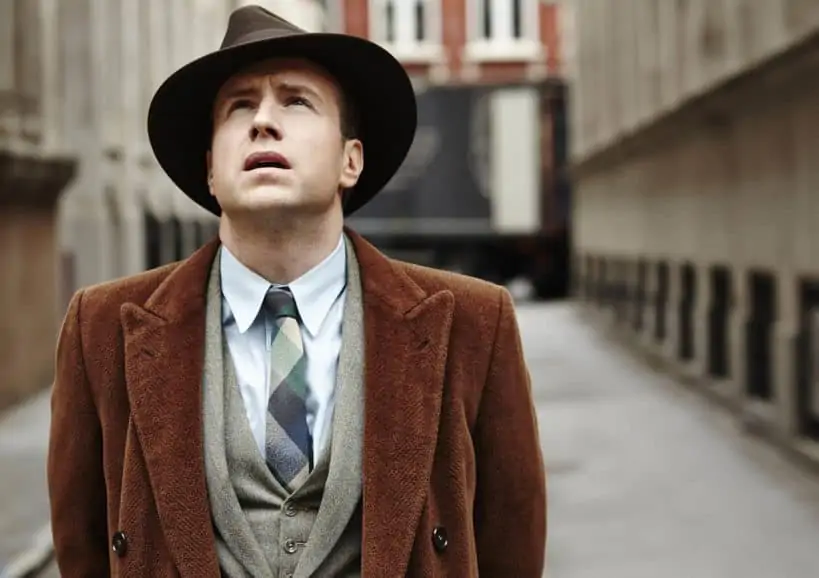
I had previously tried the Glimmer Glass filters on a commercial with Cooke lenses and I loved how they brought out certain imperfections in a lens – which is something I actually look for. I found it created, or brought out, brighter colour hues in highlights and flare, and created this beautiful halation around highlights. It reminded me of older lenses I’ve tested over the years, like the old 50s and 60s Bausch & Lomb lenses and some of the older Panavision lenses that have been rehoused, but you could never replicate that look. With modern glass I’ve found that the Glimmer Glass filter brought out some of those qualities that I was looking for in these lenses that I’d chosen.
For Another Mother’s Son I was keen not to repeat myself again, but still wanted to go for a softer look. This led me to exploring the use of nets, which felt like a purer, more organic way of using filtration, with fine stocking material fixed over the back element of the lens, and which we also tested via the internal IRND filter slot of the Alexa XT. I liked the look of the results, although the process was more complicated than using glass filters and more labour -intensive for the camera crew. Luckily my focus puller David Agha-Rafei and loader Seb Marczewski had used them before and, along with Andy Mossman at Movietech, they did a great job helping me test all the elements involved. The only issue with the nets were that when used with candles, oil lamps or heavy practical lighting, they could create quite distracting diagonal flares and sometimes you’d see the texture of the net within the bokeh or highlights.

So I continued the tests with glass diffusion filters with the help of Pete Moore at Movietech. They were great. We went through all the types of diffusion filters. I tried the old Mitchells, which I liked, I tried the Hollywood Black Magic again, which I’d used before, Pro-Mist, dozens and dozens of filters, and all the diffusion filters that Movietech had in stock. We tried them all, and in the end the ones that really struck me were the Pearlescent from Tiffen.
With diffusion filters, because of the way they’re made, you can sometimes see the tiny circular structures of the filter in the highlights or in the bokeh, and depending on the aperture, and the depth-of-field, there can be a danger that you will see a texture. One of the things that impressed me about the Pearlescent was the fact that you couldn’t see that texture. It was the only filter we found with that characteristic.
So after testing for Another Mother’s Son, I intended to use the nets for most of it, but to change to glass filters for scenes involving candles and oil lamps of which there were quite a few. For those I planned to change to a combination of Tiffen’s Pearlescent and Glimmer Glass filters.
At the end of the first week I had shot both methods for a few days, so I had a good chance to compare them. It was a very challenging shoot, with extreme weather conditions and inconsistent exterior light. We were shooting two cameras and had to work at speed. I made a decision that the nets weren’t quite right for the project both aesthetically and practically. I had fallen in love with the look of the candlelit interiors shot with the glass filters. I found them to have a lovely organically diffused look, very natural. So I decided to shoot the rest of the film with that combination of Tiffen’s Pearlescent and Glimmer Glass. It ended up being a very good decision and I was very happy with end results.”
